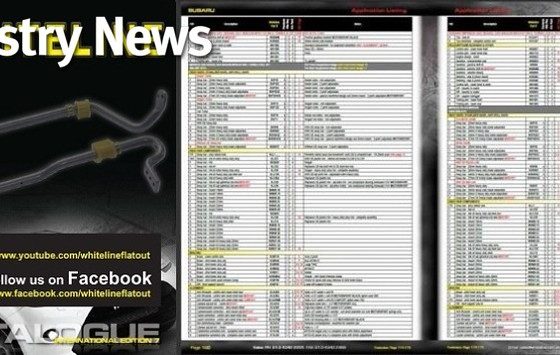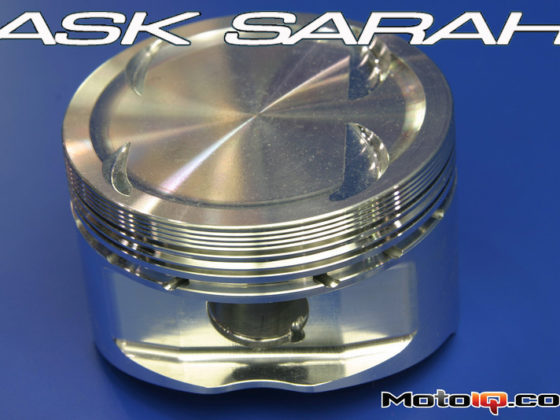 |
Compressor Efficiency and More
by Khiem Dinh
Khiem Dinh is an engineer for Honeywell Turbo Technologies at the time of this writing. All statements and opinions expressed by Khiem Dinh are solely those of Khiem Dinh and not reflective of Honeywell Turbo Technologies.
Compressor efficiency is a term thrown around whenever people mention forced induction, but what does it really mean? How does it affect an engine’s performance? And what role does air temperature play in all of this? The cool thing about thermodynamics is that we can explain effects with equations. Using basic compressor equations, we’ll put some numbers to the affects of air temperature and compressor efficiency on compressor power requirements and air temperature increase.
Some fundamental compressor equations are below.
 |
I like working in SI units because doing calculations with English units sucks! So, mass flow rate is in kg/sec, the average constant specific heat value for air I used is 1.007 kJ/kg*k, and k for air is 1.4. The specific heat of air actually varies with temperature, but the change is basically nothing within the range of temperatures we’re using, so I’m assuming a constant value. After calculating all the values in SI units, it is a simple conversion to English units. The table and chart I generated assumes: air inlet temperature of 298K/24.85C/76.7F, and 100% compressor efficiency (isentropic compression).
|
|
|
|
Looking at the chart and table above, it becomes very obvious that increases in mass flow rate and pressure ratio require more power. Also, the graph shows lines of constant power. For a given compressor power, you can get a lot of flow and little pressure ratio, a lot of pressure ratio and little flow, or somewhere in the middle. To get a feel for what the numbers mean in the real world, we’ll use 2.0L 4-cylinder engine as an example.
Automotive engines of this displacement and cylinder count will make roughly 500hp with a mass flow rate of 50lbs/min and a pressure ratio of 2.75, or about 25psi of boost. Looking at the table, a 100% efficient compressor would require 51.1hp! Looking at the compressor map for a GT3076, it shows a compressor efficiency of ~72% at this point. So the actual power requirement becomes 71hp. A GTX3582 has a compressor efficiency of 77% resulting in a power requirement of 66.4hp. That extra hp required over a 100% efficient compressor ends up as extra heat in the air. More efficient is better!
The other variable in the equation that’s very important, but many people seem to neglect in the practice of building turbo cars, is the temperature of the air going into the compressor. Many people have the misconception that performance is unaffected because the intercooler will cool the air enough regardless of the air temp going into the turbo. What they are neglecting is the fact that compressor performance improves with cooler air. Said another way, it gets worse with taking in hotter air. Using values of 50lbs/min and a PR of 2.75, the table below shows compressor power required, change in temperature of the air (Delta T), and the exit temperature of the air based on the inlet temperature of the air.





